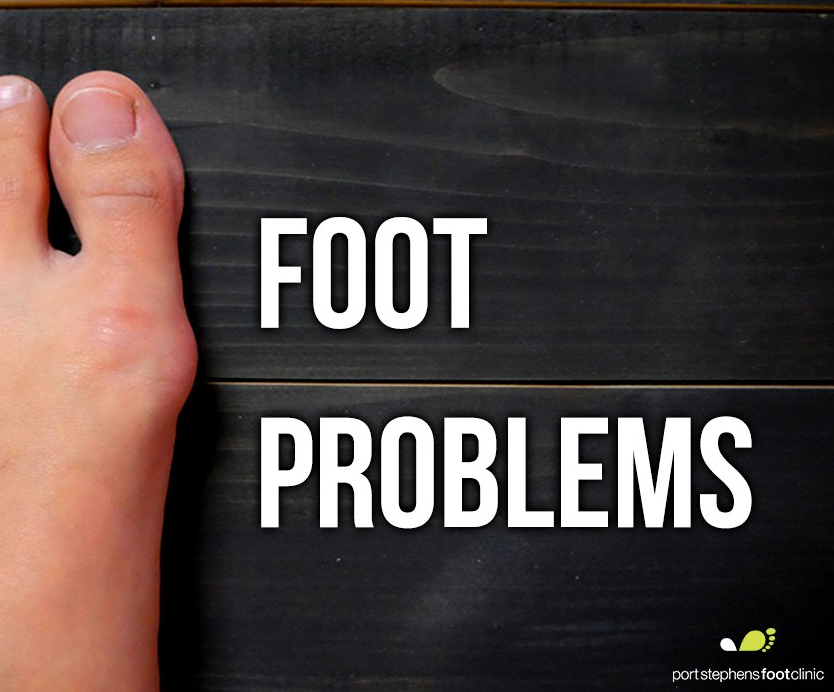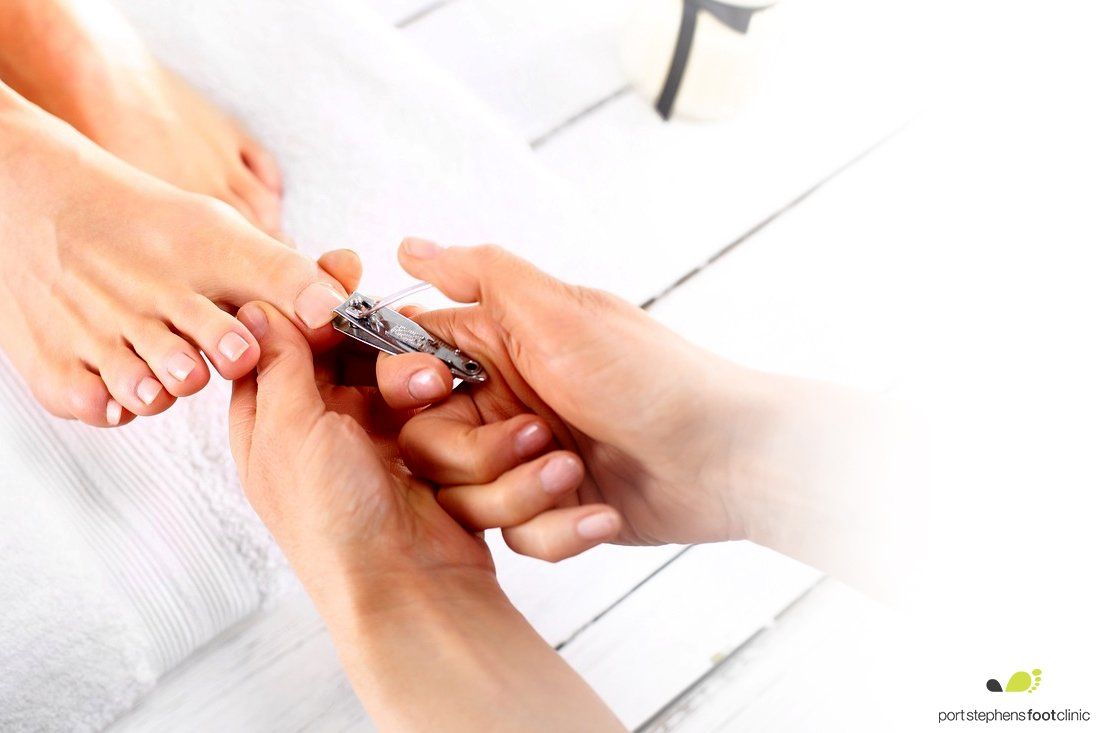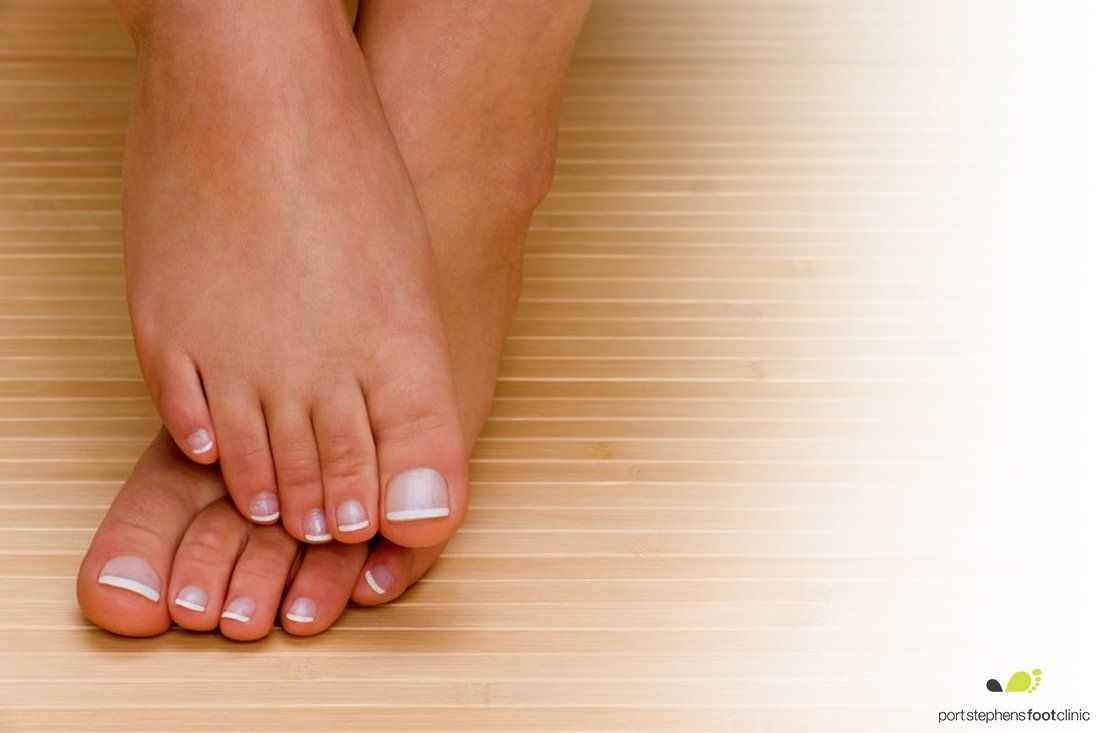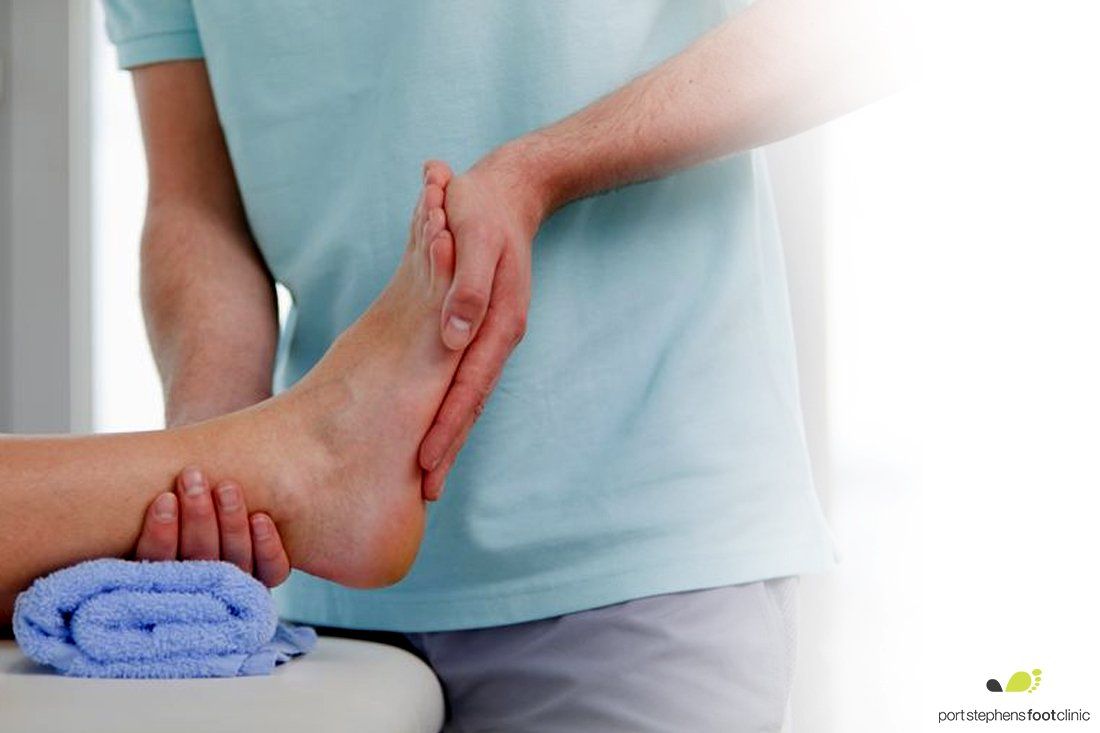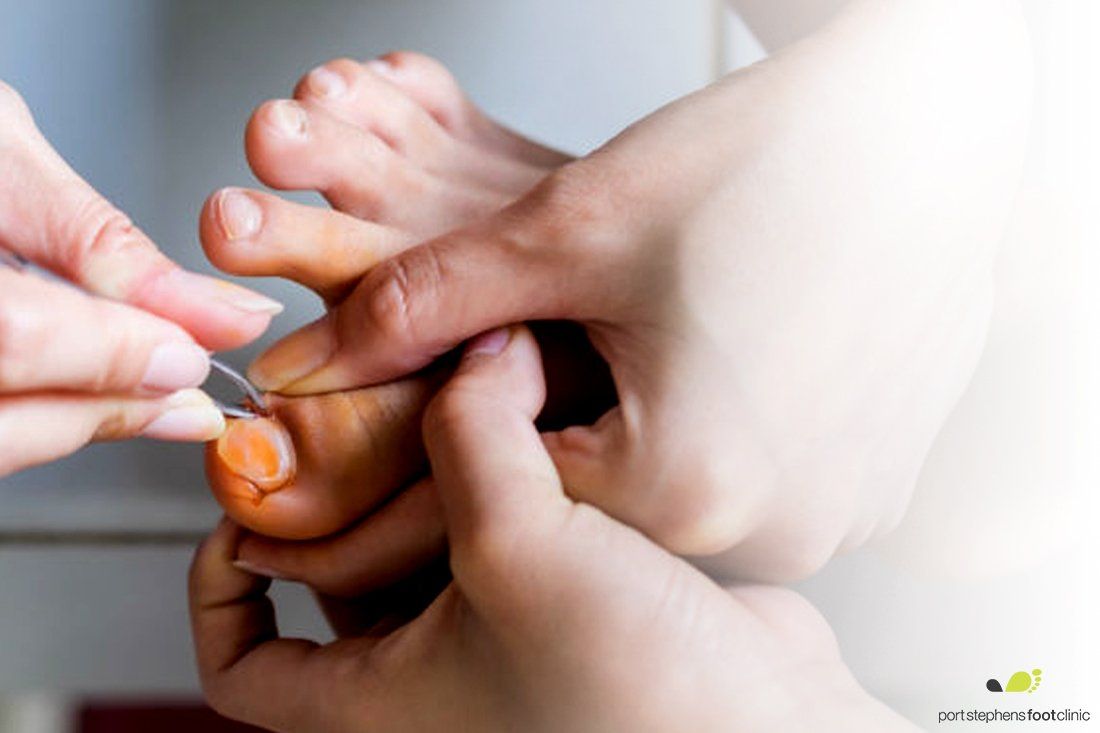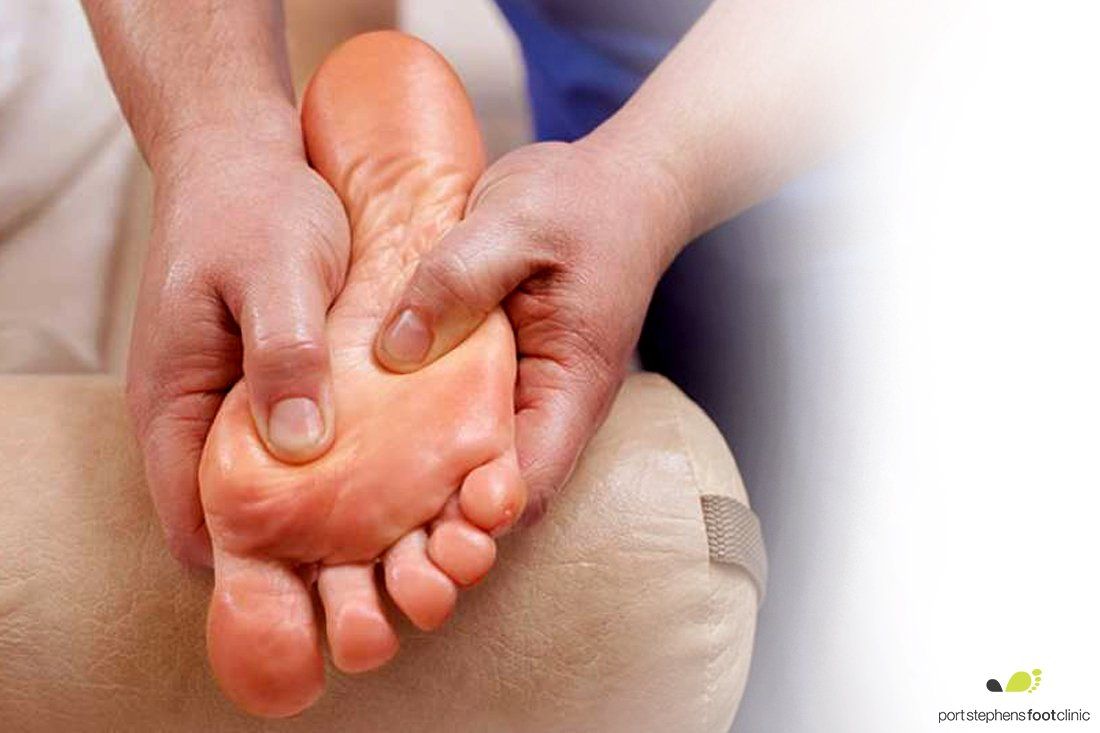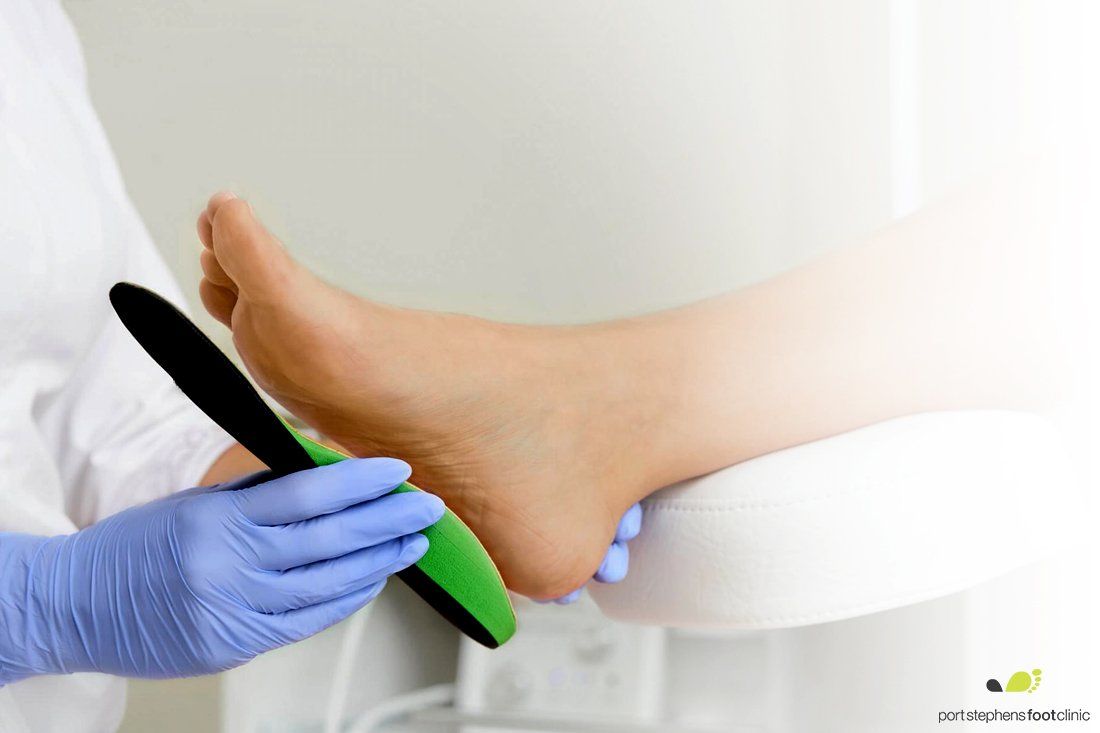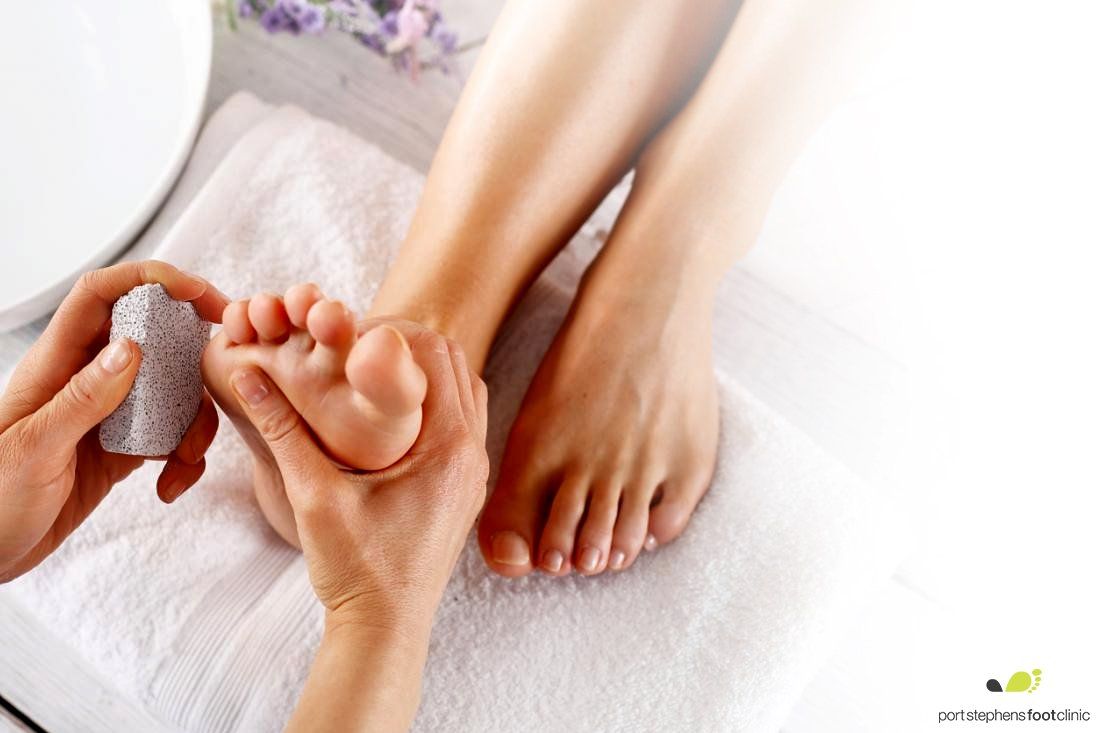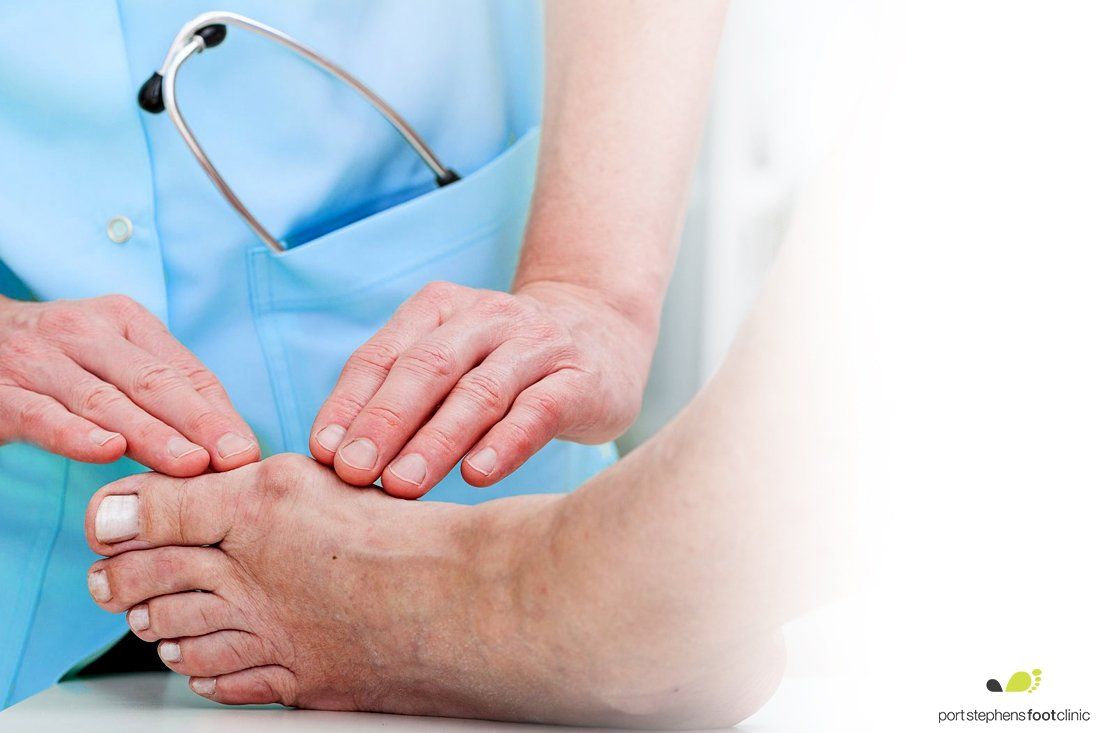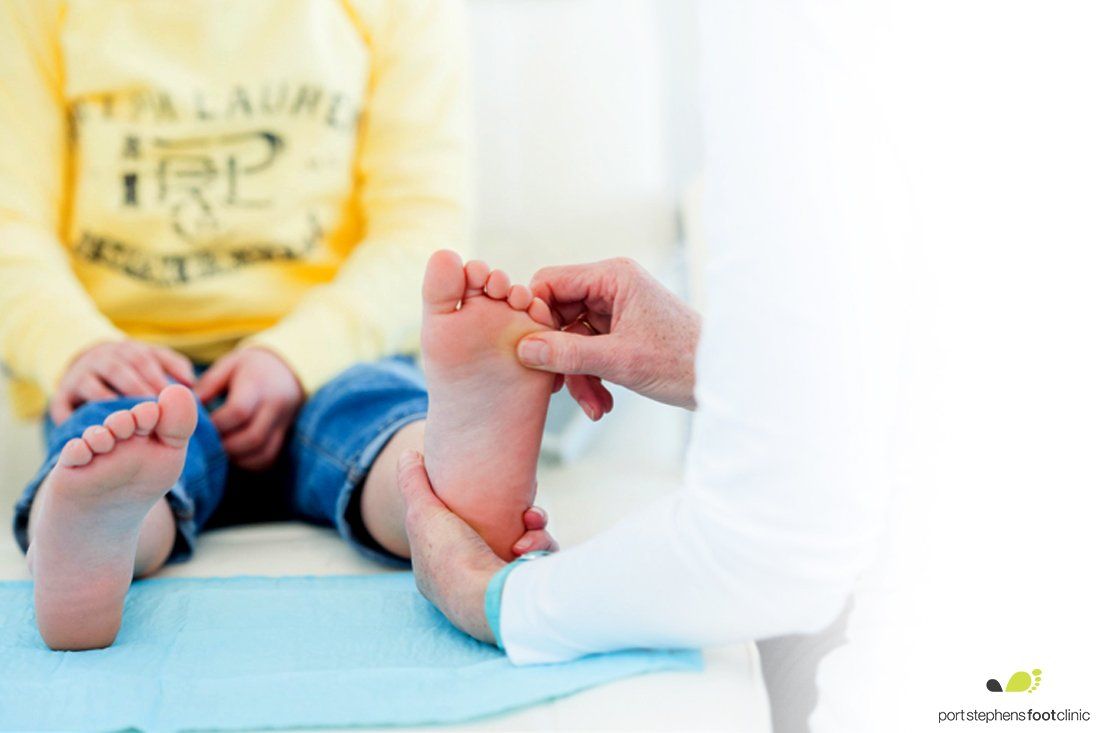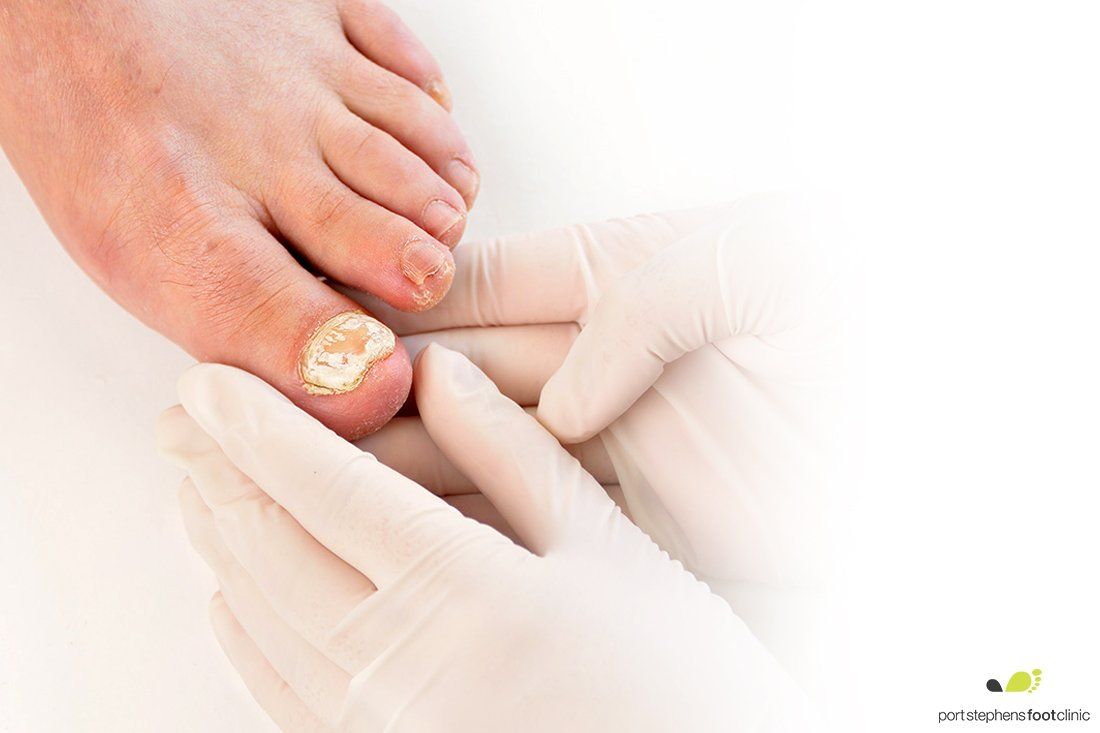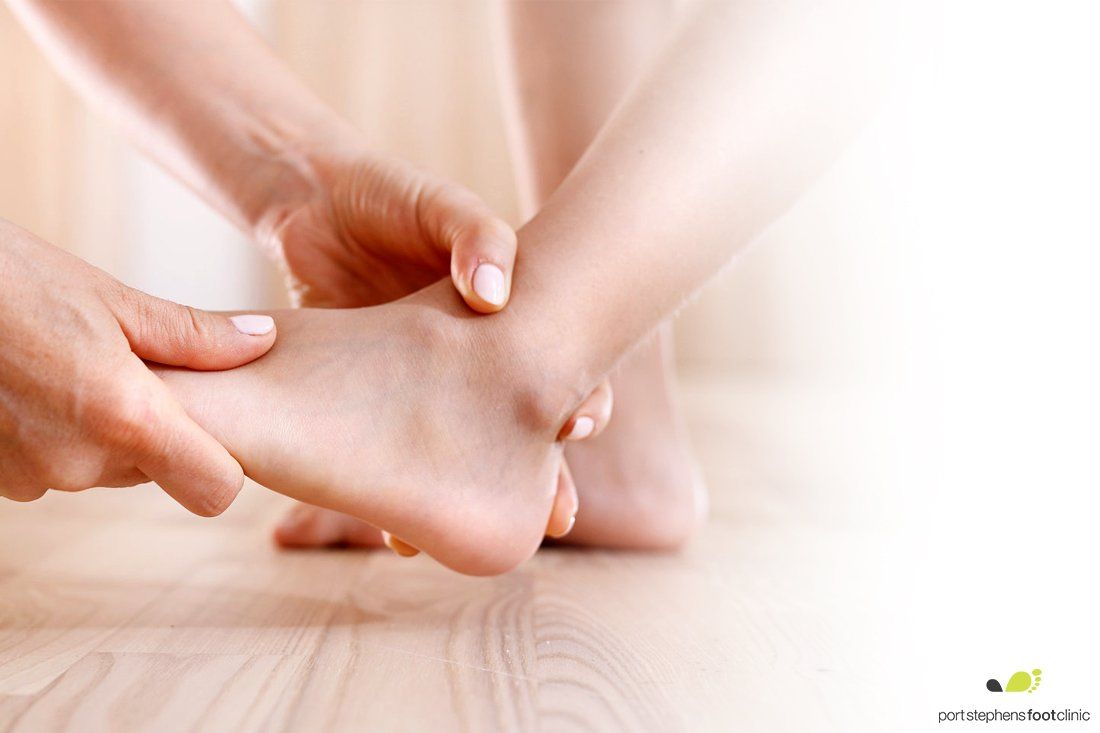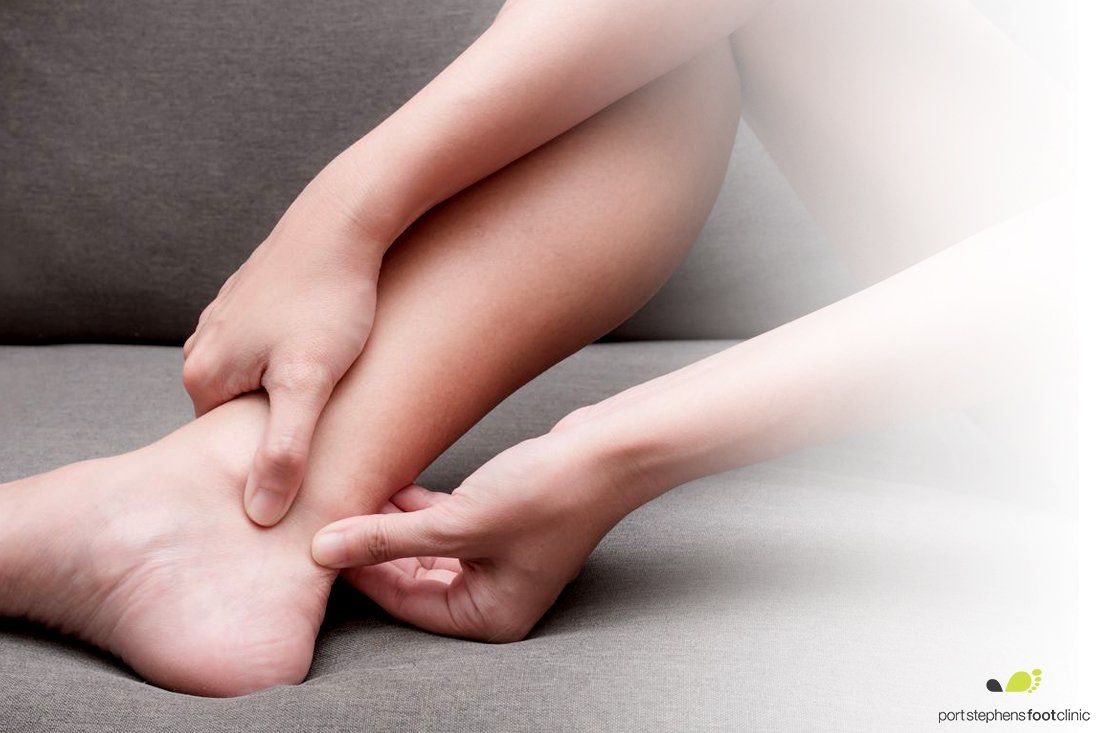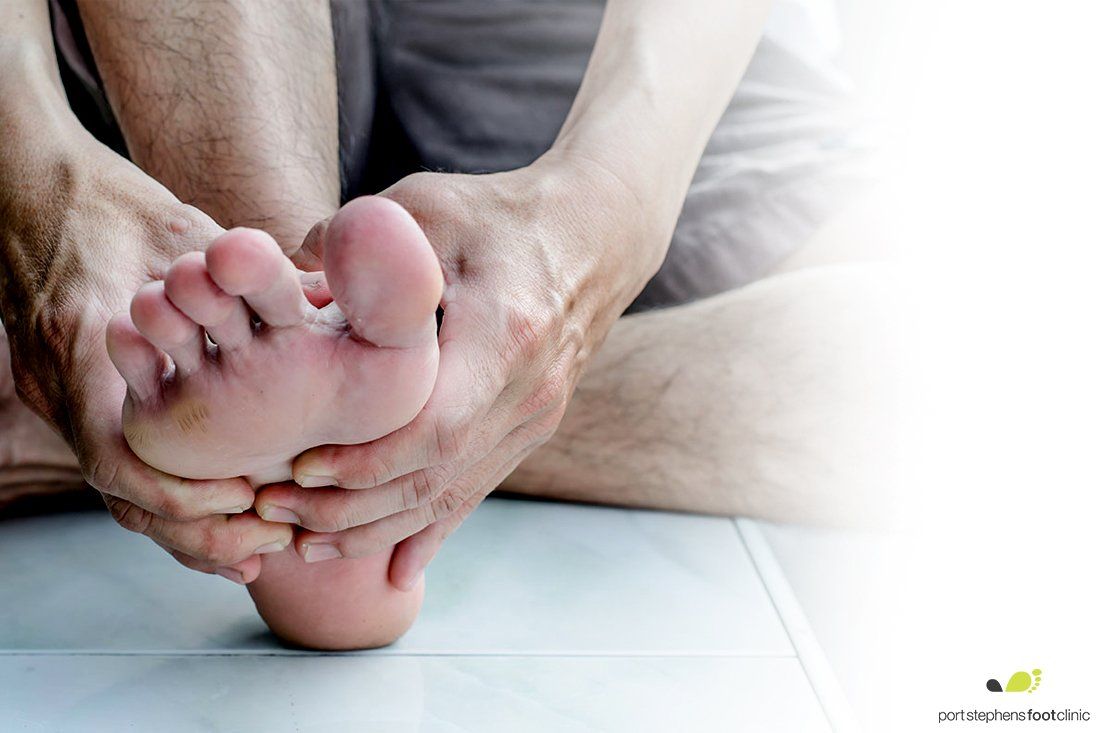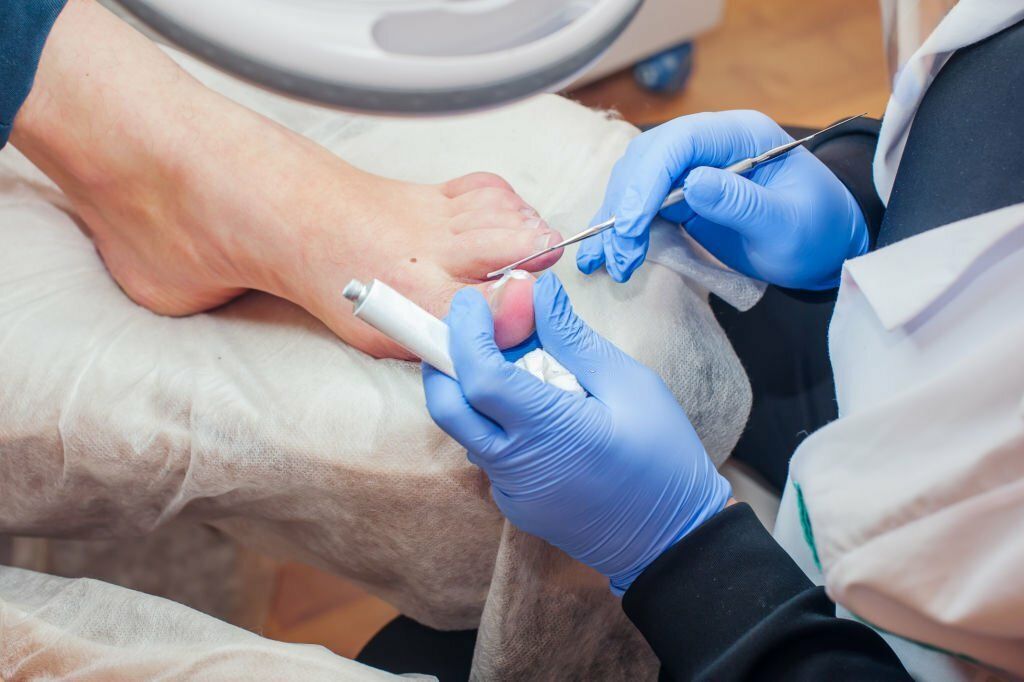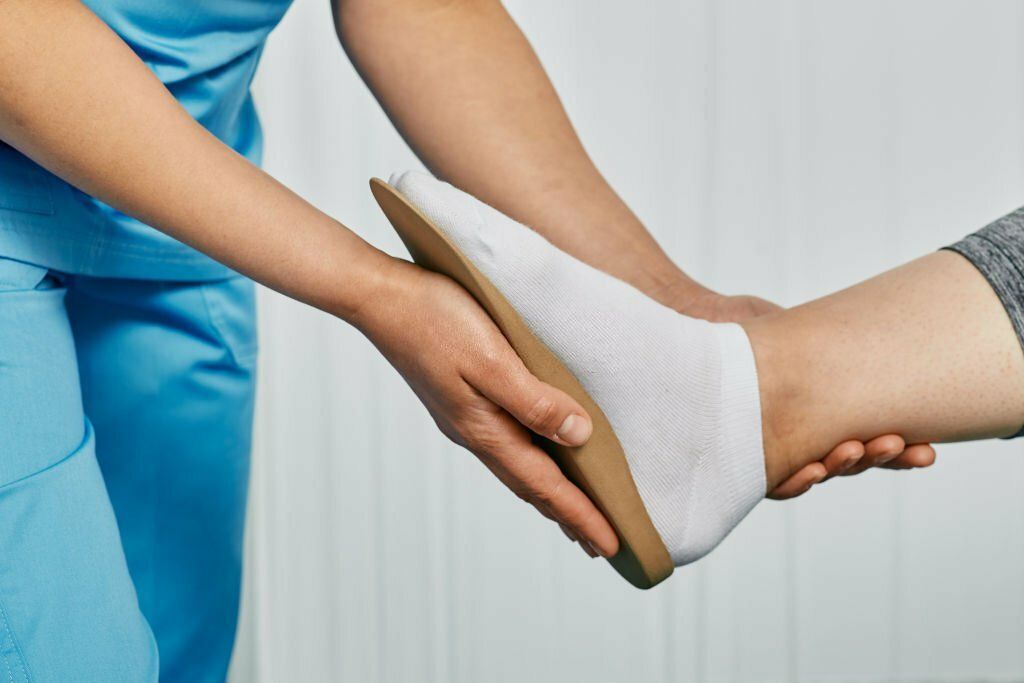Sesamoids (Sesamoiditis)
Sesamoids are two small bones found under the head of the first metatarsal. They lie within a tendon, and slide up and down as we walk. This is similar to the knee cap, which lies within the quadriceps tendon.
Any injury or problem with the feet can cause challenges in daily life. You use your feet regularly to get around, so when there is an issue, it can disrupt your wellbeing. One problem that some people experience is injuries to the sesamoids. Resolving feet problems is important so you can get back to living life to its fullest.
What Are Sesamoids?
To better understand sesamoids, it’s important to know a bit about the anatomy of the foot. There are two small bones located in the ball of the foot, right below the big toe joint. These bones are connected by tendons and are called sesamoids. In other words, the sesamoid is a bone wedged within the tendon itself. It is in the shape of a pea and works to help the big toe move about during walking and running. It serves as a type of leverage. However, when this bone becomes injured in any way, it can cause a problem, making it difficult to walk.
Sesamoid Injuries
Sesamoid injuries can occur when you put too much pressure on the ball of the foot. If someone is playing a sport or doing an activity that requires jumping, bouncing, or running on the ball of the foot, it could lead to sesamoid injuries. When this occurs, it can affect your comfort level with walking. One type of injury to the sesamoid involves the soft tissue around the big toe. This occurs when the big toe gets pushed out of its normal range. When this happens, it’s referred to as turf toe. Another way the sesamoid can become injured is by a fracture. When you break the sesamoid bone, you will notice pain and swelling occurring right after the incident.
Sesamoiditis
When the tendons in the ball of the foot become inflamed, then you likely have sesamoiditis. This can occur when you overuse your foot during very active sports or other activities that work that part of the foot.
Symptoms and Risks
The symptoms of sesamoid problems include pain at the ball of your foot. You will also notice immediate swelling if you have a fracture, and possible gradual swelling if you have sesamoiditis. You might even have some bruising. Some people have difficulty straightening out their big toe or bending it back. You could also hear a popping noise from time to time in your big toe.
Risks for developing an issue with the sesamoid include activities and sports that could aggravate the ball of the foot, as well as wearing high heel shoes for an extended period.
When to See a Podiatrist
If you are having trouble going about your daily routine, walking, running, or playing sports, then it’s time to pay a visit to a podiatrist.
Treatment
A podiatrist will treat your foot by giving you a thorough exam and assessing the extent of your injury. They will go over a treatment plan with you that may include special footwear, padding for your shoes, and icing your foot. In addition, they will give you information on how best to care for it at home so you can heal quicker and not aggravate it.
Get in touch with Port Stephens Foot Clinic today to schedule your appointment.



